- Colin Trimmer
- Jul 3
- 7 min read
Updated: Jul 14

Impossibility of Return: The Meaning of the Riot
July 3, 2025
The predominant mode of modern action is the protest, and its most urgent form is that of the riot. It is an event of intense pressure, bursting at the seams, yet unable to address its own causes by the limit of its form. It can only insist on immediate cessation through its use of force. In contrast to the strike, which unites particular sets of workers, the riot is formed by a general unity outside of production. Riots are either condemned for their destructive nature or absolved of guilt by blaming the causes that incited them – Proclaiming that it is not rioters who have disrupted the peace, but the harmful State.
Both judgments lack a nuanced understanding of the riot. We must push beyond the riot as just an eruption, from a “wildfire… lit by a single spark,” to a historically particular form of action that is mediated by conditions both old and new. This is a challenge. The riot, having no leaders nor demands, is intensely negative. In examining the riot, one risks reabsorbing it into familiar positivistic programs instead of comprehending its own antagonistic terms. Martin Luther King Jr.’s declaration that “a riot is the language of the unheard” grounds it firmly within the realm of electoral politics. In this understanding the riot is a failure of negotiation, one that can be overcome if the correct measures are prescribed.
The late Joshua Clover’s Riot. Strike. Riot attempts a theory of the riot. [1] Sparked by the 2014 shooting of Michael Brown in Ferguson, its necessity is felt well after its original publication. From the Yellow Vest protests in France, the anti-migrant violence in Britain, or the later return of the BLM movement in 2020, we must work to comprehend why the riot returns repeatedly as a persistence of our times.
Riot - Strike - Riot′
Clover distinguishes between the new form of riot and a historic one. The latter existed in the pre-industrial era when the marketplace was close at hand. Cities had ports of trade that often doubled as social centers, and even small towns had market centers or bazaars that were fit for disruption. Riots, Clover notes, always take place in circulation in that they set the price of consumer goods at zero, and anyone can close a port given sufficient collective will. Rioters, united in their dispossession of capital, forcibly remove commodities from circulation. This nonidentification with production has always discredited the riot, not only in the eyes of the masses, but also of leftists historically.
The transition from riot to strike is not one of spontaneity to coordination but instead from dispossessed to producer. In contrast with the immiserated masses, industrialization produces social classes that unite not over just discontent, but of shared interest through labor. Strikes emerge from these conditions seemingly spontaneously. Clover cites the English Chartist ‘plug riots’ of 1842 as exemplary of a transition period, when workers engaged in a general strike, but began rioting when confronted by policemen and scabs. While spontaneity is typically associated with the sudden outbreak of the riot, many strikes also arise abruptly, as workers respond collectively to immediate conditions before formal organization takes shape. For Rosa Luxemburg, the (general) strike is an event of eventuality that is to be taken up. It is only through their expressions that coordination can become possible.
In our time it is not the general strike but the riot that has become an eventuality. Clover ties its return with deindustrialization, which he couples to the falling rate of profit. This renews conditions for riots in the peripheries that reverberate back into the cores. Instead of the historically concrete market, rioters confront an “alien landscape” of financialization. Without sufficient surplus to deliver victories for labor and capital, they turn into shells of themselves, unable to win the victories that propel them forward. The modern riot′ (riot-prime) finds no machines to smash and only a smattering of commodities to take. Much more apparent are police on every corner, the jailhouses and detention centers, or the highways that connect them all.
The Absence of Socialism
The significance of distinguishing between riot and riot′ is to notice how old struggles are recalled in altered forms today. We must understand the riot in the negativity that it insists upon. Because there are no leaders in a riot, there are no demands. This, Clover understands, is both the most feared aspect of the riot, and its most certain. One recalls the amorphous Occupy movement which, despite the lack of looting, also aimed to disrupt spaces of circulation like the riot. This formlessness has long been a lament of the left. Boris Kagerlitsky writes that “the ruling class, on encountering a sudden threat, finds that not only is there no-one to negotiate with, but there is nothing to be negotiated.” [2] Instead of making demands, Clover believes that the riot can only insist on being respected by affirming its right to exist. Occupy thus became a demand simply for itself: An occupation.
Nowadays, intense protests are almost assumed to culminate in riots. They are brought to the fore by a confluence of events and as such are “over-determined” as Clover says, by general malaise. The wide swath of political factions and surplus populations that are drawn to riots mark a change from riot as collective action to riot as a predictable mode. This points out the dialectic of spontaneity, for the riot is both an eventuality of the future and repetition of the past. Clover notes that the form of riot′ is one of architecture. It is an attempt to reclaim the “annihilation of space by time” [3] in the era of financialization. But what does interrupting circulation amount to? Protestors, rioters, and encampments rarely last more than a few days once the state puts its mind to do something about it. Rioting as a mode is unsustainable for long periods of time.
The greatest fallacy of Riot. Strike. Riot is its reliance on capitalist development to explain the return of the riot. By arguing that deindustrialization collapsed the strike, Clover frames the problem as one of empire in decline. This formulation is taken from Giovanni Arrighi’s “arc of accumulation” in which volatile periods give way to stable expansion only to return in freshly reformulated crisis. [4] This is a historicization of Marx’s M-C-M′, in which capital is invested to produce material commodities which are in turn liquidized into profit. Clover describes how the disempowerment of labor is transformed in the era of C-M′:
Wage demands, once imagined to offer advantage or even leverage toward the abolition of class, must now be fitted to the needs of capital’s self-reproduction as that self-reproduction enters into crisis. In its twilit lassitude, the working class is reduced to reproducing little beyond the conditions of its own immiseration. The wage struggle retains its legitimacy as a claim on survival—wage, wage against the dying of the light—but at the same time legitimates capital. It has no beyond. (149-150)
Was this limit not comprehended long ago by Lenin when he said that the working class, left to its own devices, can only develop trade-union consciousness? [5] What does Clover have to say about the party?
For Clover, the tying of communism with organization has become encrusted with decades of sediment. In formulating a theory of the riot, he seeks to explain how capitalist conditions create struggles adequate for themselves. Absent is the explanation of how these actions might push beyond the conditions that simultaneously define and limit them. But by tracing the interplay of riots and strikes through transformations within capitalism, he neglects the defeat of socialism. For the purposes of his project, Clover does not need to wrestle with the deep regression that has come over society – The arc of accumulation provides a sufficient framework to explain the disempowerment of labor and the return of the strike.
Regression
Riot. Strike. Riot can be read as Clover’s attempt to recover the power of spontaneous action for leftist thought. He chooses to rescue the riot from anarchists because in his eyes, socialism has become a one-sided struggle associated too closely with coordination and order. Over the course of the book, it becomes clear that the work is influenced by Clover’s participation in Occupy Oakland. In its communal kitchen, he sees a form of self-managed community that surpasses traditional questions of wage and price, production and circulation. “Like the riot,” he writes, “the commune may feature workers but not necessarily as workers.” So, while it involves the proletariat, it expands upon this group by involving disaffected youths and society’s downtrodden.
While production and circulation are central to Clover’s discussions of strikes and riots, he seeks to escape from their boundaries. For if we are on the downward arc, it would be foolish to make the same mistakes of the past, or even to replicate their thinking uncritically. On his podcast, Daniel Tutt recently interpreted Riot. Strike. Riot as understanding our own moment as akin to pre-1848 because there is no party, only the immiserated and the intellectuals. However, this understanding goes against Clover’s thesis that each transition has reflected historic development:
We might note here a simple error in grasping the character of the arc of accumulation. It supposes that a point on the descent would be historically identical to a point on the ascent simply because they were at the same height (of profit or unemployment rate, etc.). This misprision does not take into account the vector: the difference between rise and fall, between tightening and slackening labor markets, between the capacity for dynamism and expansion and the course of stagnation and contraction. (145)
The fact that riots and strikes have outlived their effectiveness is itself a historical progression, specifically, progress in capital. The collapse of productivity and liquidation of circulation force us to ask new questions that are not the same.
Where Clover observes history and sees a rise and fall of productive market forces, one might see a regression in the consciousness of socialism. For socialists, the dual failure of productivity and circulation to meet society’s needs is a given. It is their task to push labor beyond its own capacities and, in doing so, transform society. By contrast, the riot, once begun, cannot be pushed, bargained, or reasoned with. Furthermore, despite Clover’s litany of examples, it is not at all so clear that rioting is intrinsically tied to circulation. Here we should mark his convenient omission of right-wing riots, which demonstrate the breadth of the riot’s extensiveness. From anti-immigration rioting in the United Kingdom, 2024, to the Tulsa Race Riots of 2021, the riot stands for populist dissatisfaction of all kinds. Clover asks us to see in riot′ the emergence of something new, of a commune being built within society, but it is really a hauntology, one that speaks to us from a cold-dead corpse of what it could have been. He is right that return is impossible.
[1] Clover, Joshua, Riot. Strike. Riot (Verso: 2016).
[2] Kagerlitsky, Boris, The Long Retreat (Pluto Press: 2024), p. 147.
[3] Marx, Karl, Grundrisse: Foundations of the Critique of Political Economy, trans. Martin Nicolaus (Penguin Books, 1973).
[4] Arrighi, Giovanni, The Long Twentieth Century: Money, Power, and the Origins of Our Times (Verso: 1994).
[5] Lenin, Vladimir, What Is To Be Done? (1901).







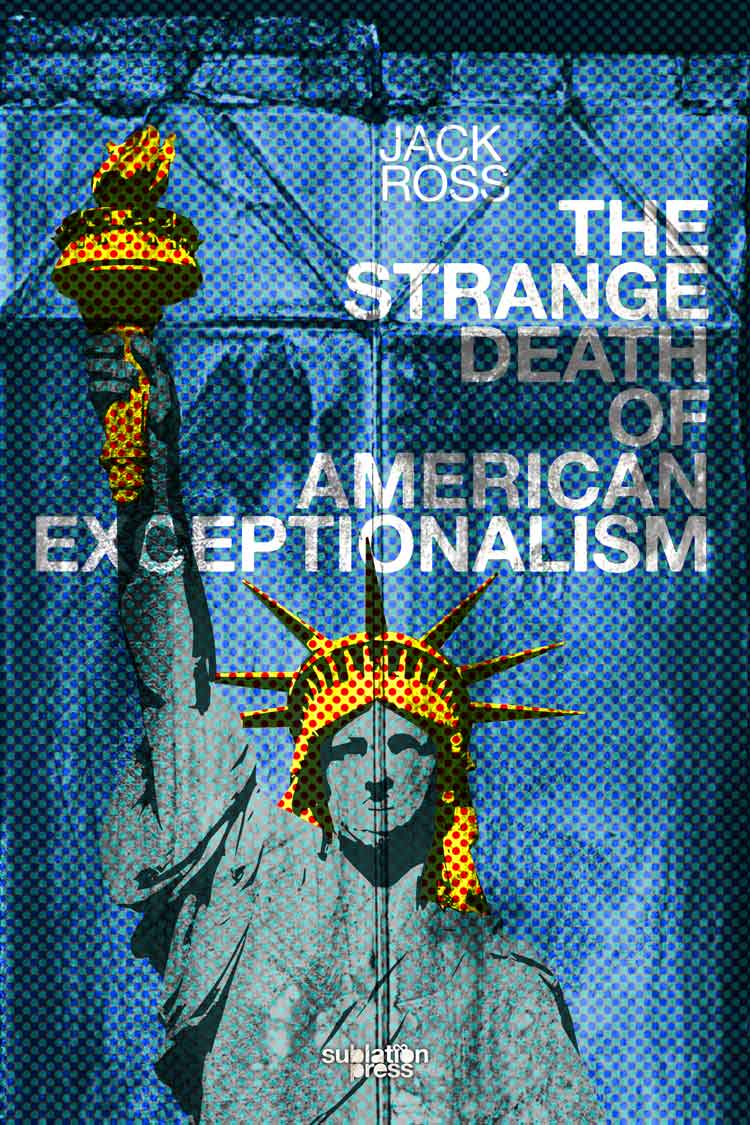
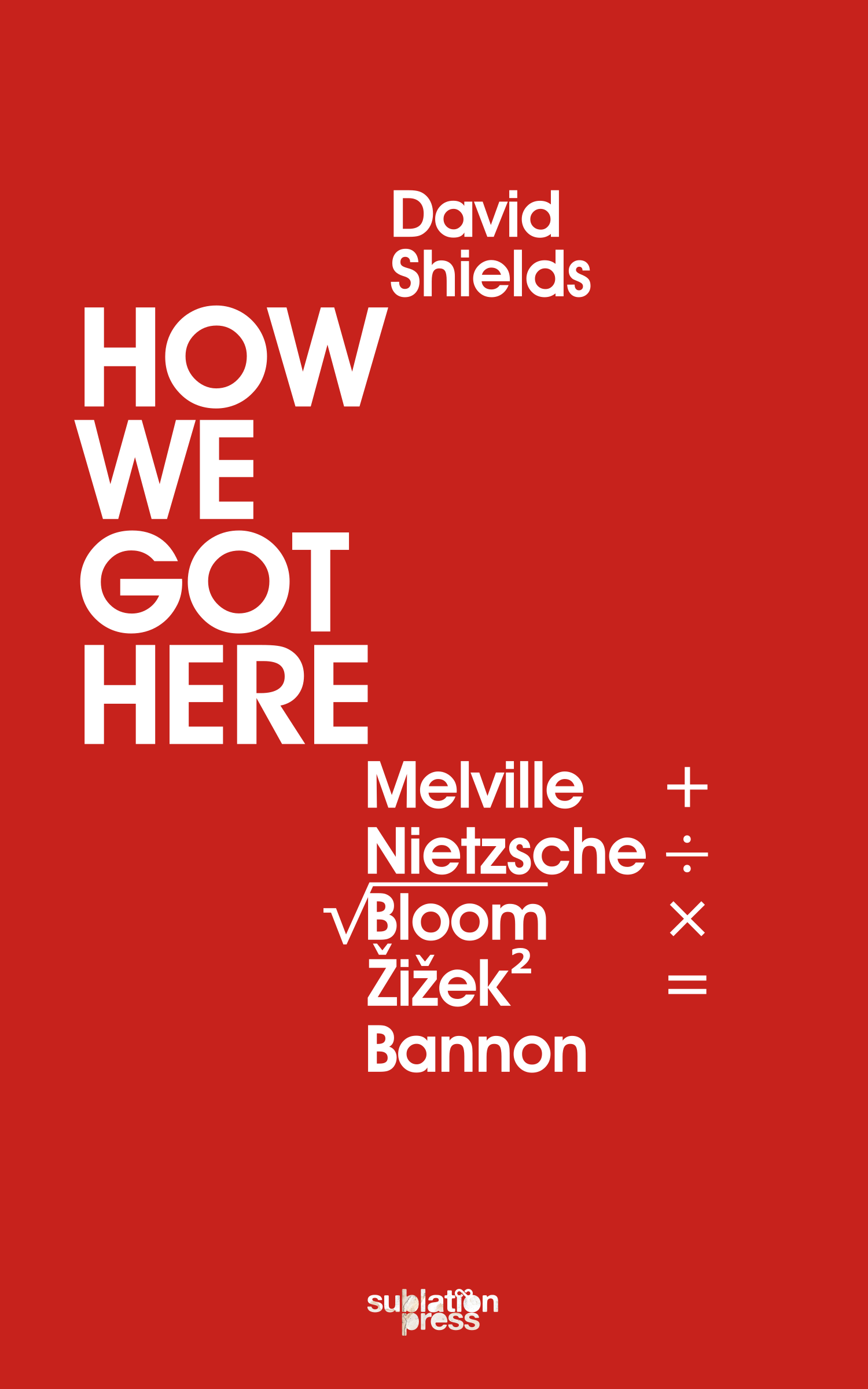
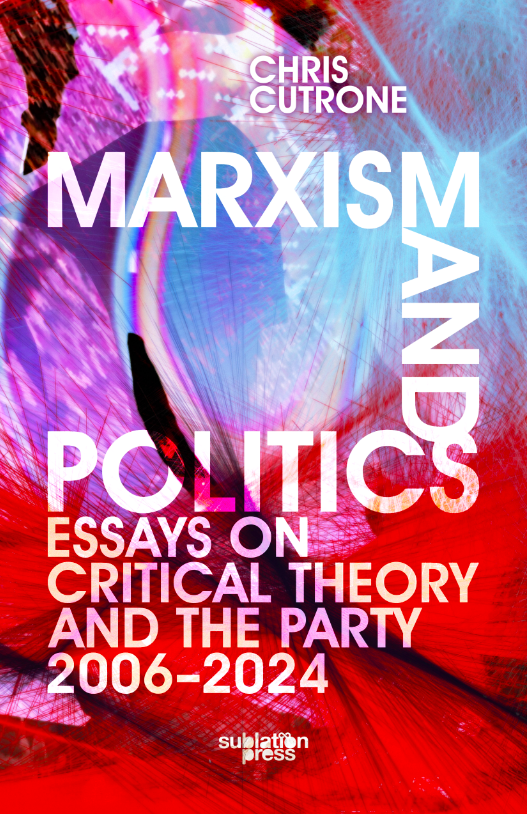
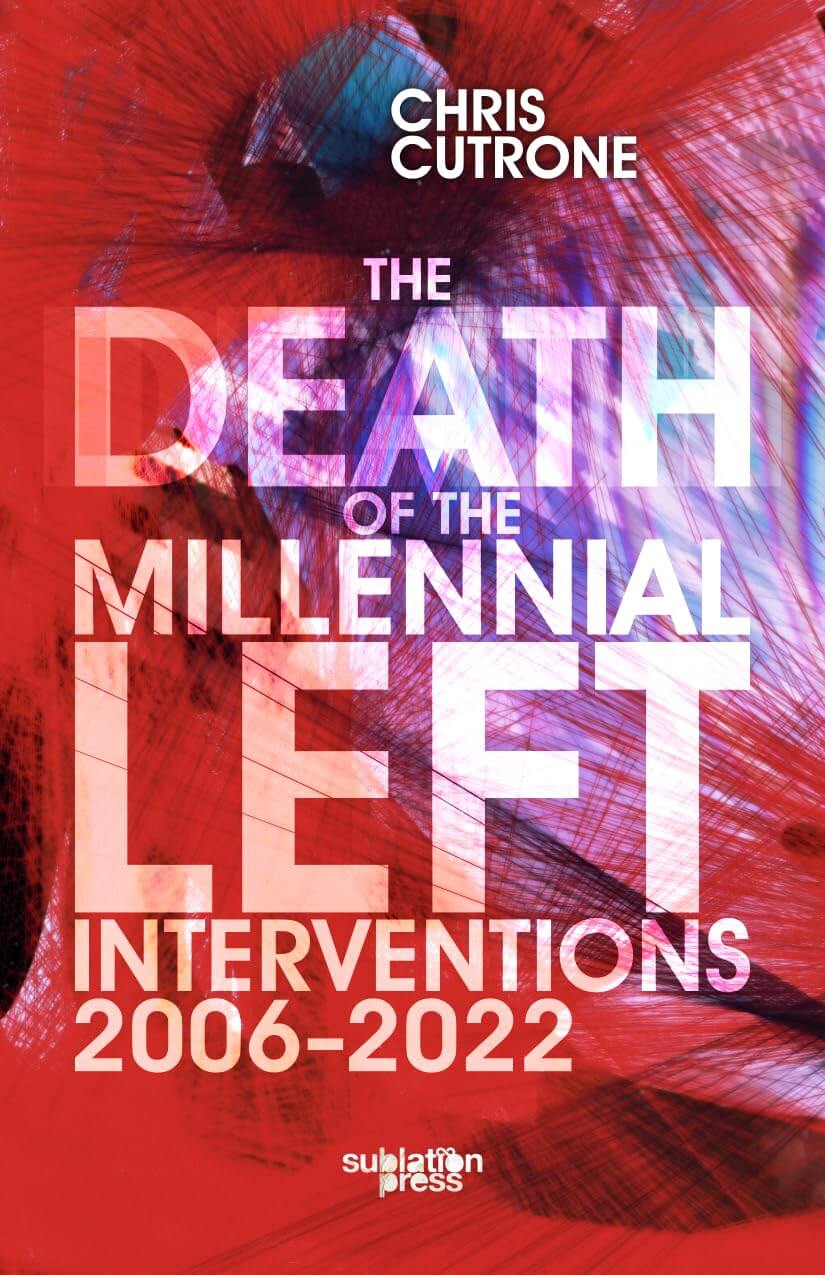
.png)





.png)


.png)

